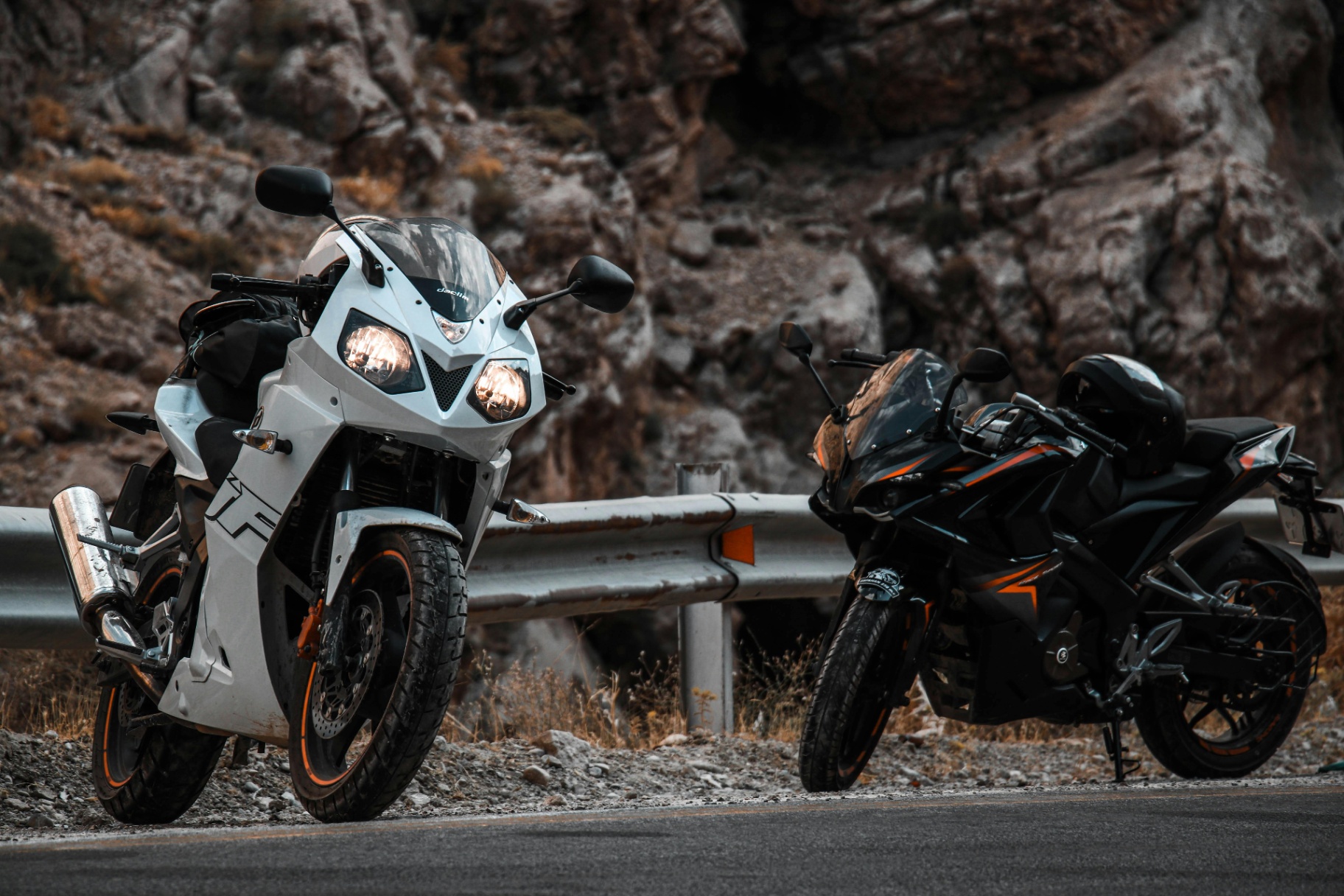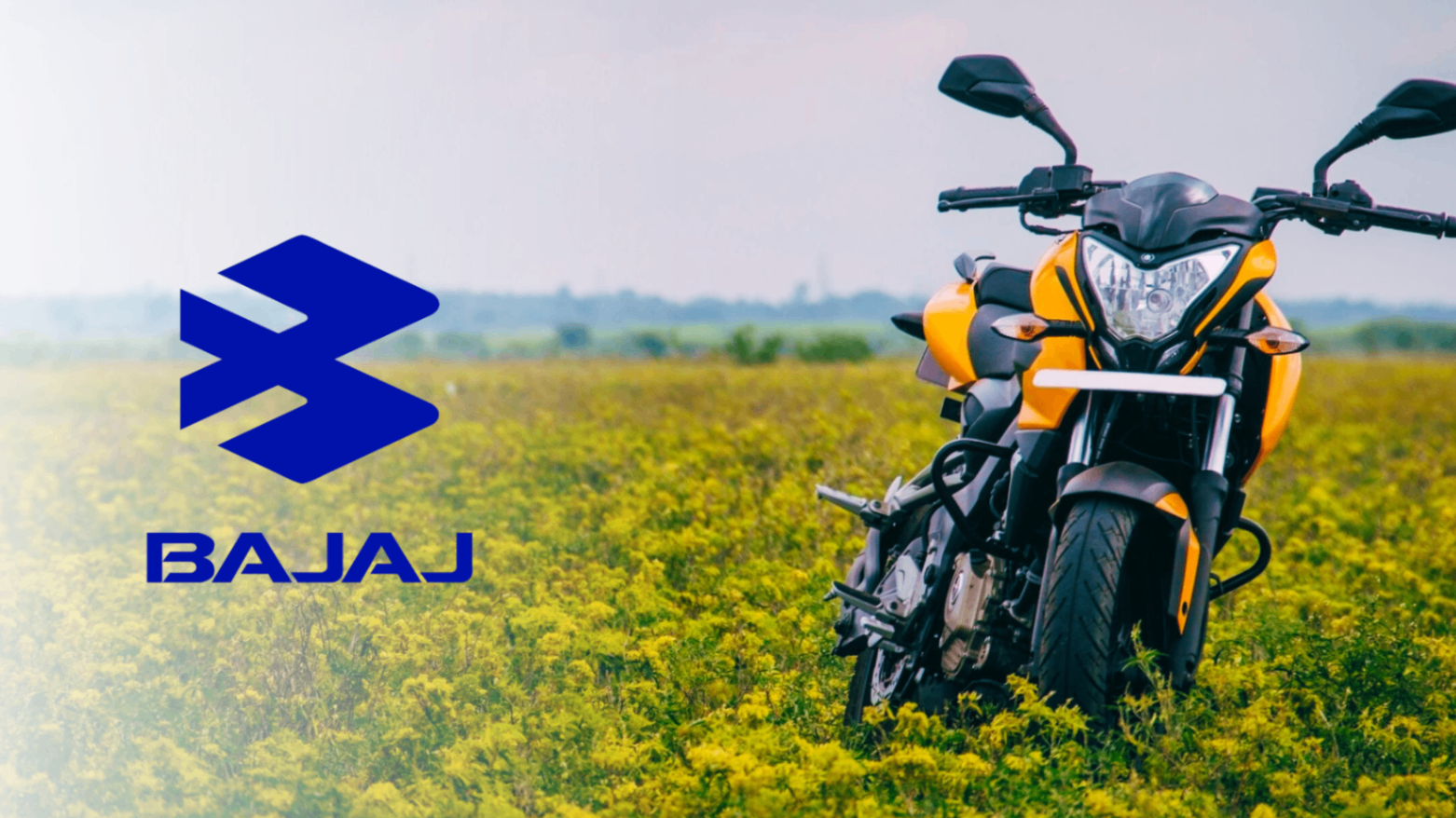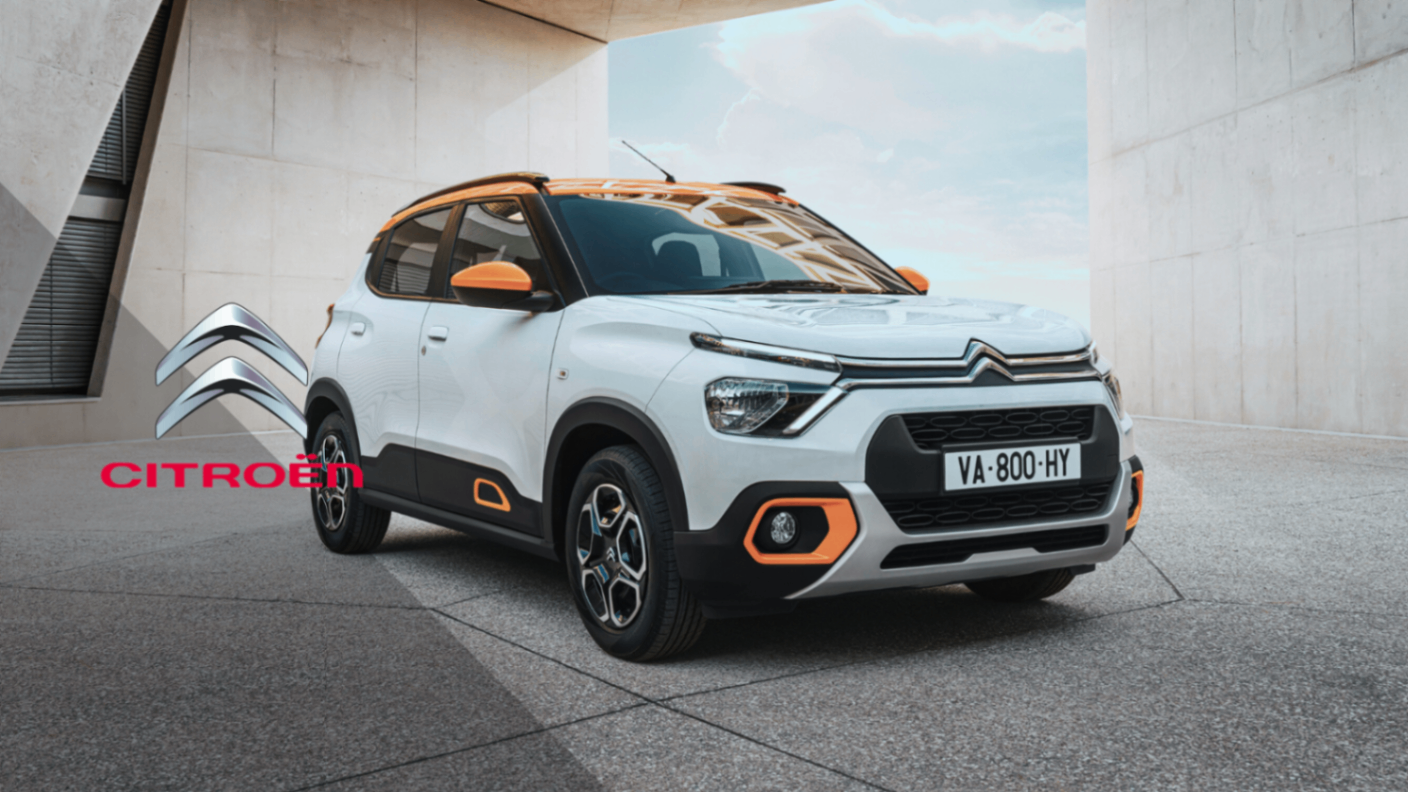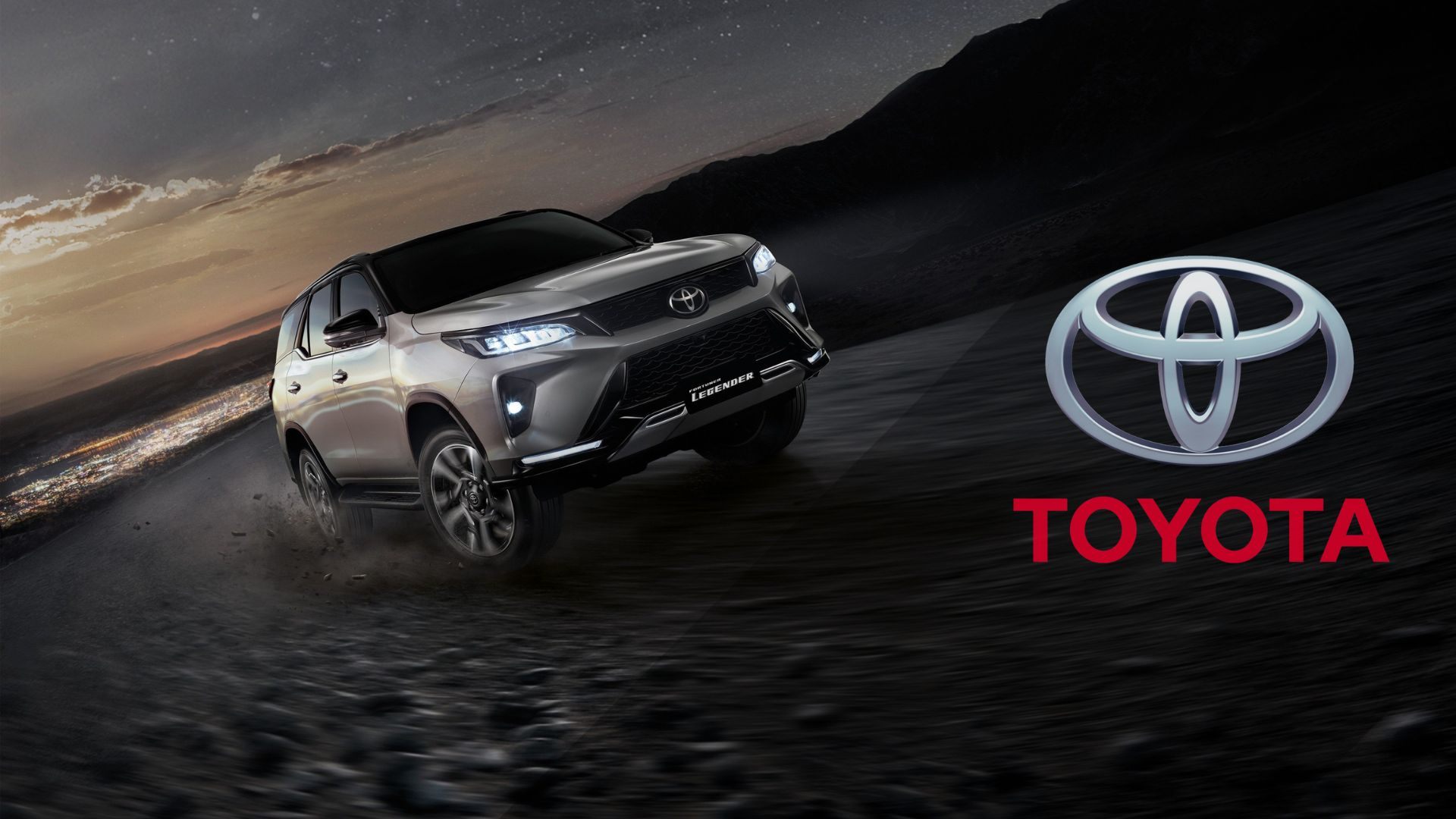
In a country where mobility is key to social and economic development, few brands have left as deep a mark as Bajaj. Since its inception, Bajaj has been more than just a motorcycle manufacturer; it has been a driving force of change in the daily lives of millions of Indians.
The Early Years: Foundation and Expansion
Bajaj's story began in 1945 when it was founded by Jamnalal Bajaj. Initially, the company focused on importing and distributing scooters and three-wheelers in India. However, over time, Bajaj decided to venture into manufacturing its own vehicles. This strategic shift was not immediate but was the result of a clear vision and a deep understanding of the Indian market.
The early years were challenging. The company had to face competition from foreign brands and the technological limitations of the time. However, the determination and ingenuity of Jamnalal Bajaj and his team allowed the company to overcome these obstacles. They focused on understanding the specific needs of the Indian consumer, always seeking to offer products that combined quality, durability, and affordability.
In the late 1950s, Bajaj began producing scooters under license from the Italian brand Piaggio. This step marked the beginning of its expansion in the Indian automotive market, transforming from a small business into a major player in the sector. The alliance with Piaggio not only allowed Bajaj to access advanced technology but also provided them with the necessary experience to develop their own manufacturing capabilities.
Producing scooters under license was a significant milestone. Bajaj benefited greatly from the prestige and trust that consumers had in the Italian brand. This allowed them to establish a solid foundation in the market and gain the loyalty of their first customers. But Bajaj did not stop there. Leveraging the knowledge acquired, they began to innovate and adapt Italian designs to local conditions and preferences.
This phase of learning and adaptation was crucial to Bajaj's evolution. The company did not simply replicate Italian models but also introduced improvements and modifications that better met the needs of the Indian market. This proactive and customer-centric approach laid the foundation for the exponential growth that would come in the following decades.
See also: From Organs to Legendary Motorcycles | The Yamaha Story
The Era of the Bajaj Chetak: An Indian Road Icon
Launched in 1972, the Bajaj Chetak quickly became a symbol of urban mobility in India. Inspired by the Vespa design, the Chetak offered an affordable and reliable transportation solution for millions of Indians.
This scooter not only facilitated mobility in India's congested cities but also became an essential part of daily life. Its robust design and efficient engine made the Chetak a perfect choice for families, students, and workers who needed a reliable and economical mode of transportation. Additionally, its easy maintenance and durability made it a smart investment for many households.
The popularity of the Chetak helped establish Bajaj as a leader in the two-wheeler market. The scooter not only won over consumers for its functionality but also for its aesthetics and style. With vibrant colors and a sleek design, the Chetak stood out on the streets, becoming a reflection of the aspiration and progress of Indian society.
The success of the Chetak was not limited to sales; it also had a significant cultural impact. It became a symbol of independence and personal mobility at a time when access to private transportation was limited. Advertising campaigns of the era portrayed the Chetak as a faithful companion and a facilitator of dreams, resonating deeply with the public.

The Launch of the Pulsar: Redefining the Motorcycle Market
In 2001, Bajaj launched the Pulsar, a motorcycle that revolutionized the Indian market. With a sporty design and innovative features, the Pulsar captured the imagination of the youth and redefined what was expected from a motorcycle in India.
The Pulsar not only offered superior performance but also featured advanced technology and an attractive design. This combination made the Pulsar an instant success and solidified Bajaj's position as a market leader.
The Pulsar quickly distinguished itself with its powerful engine, impressive acceleration, and agile handling, features that set it apart from other motorcycles available in the market at that time. Additionally, it incorporated technological innovations such as the twin-spark ignition system and disc brakes, which not only enhanced performance but also increased rider safety.
The Pulsar's design, with its aggressive and aerodynamic lines and sporty riding posture, appealed directly to young motorcycle enthusiasts seeking more than just a mode of transport. This focus on design and performance helped create a passionate community of followers and users, cementing the Pulsar's reputation as an iconic motorcycle.
Bajaj did not rest on its laurels and continued to improve the Pulsar over the years. The company launched various versions and models with different engine capacities and features, from the Pulsar 150 to the Pulsar 220, each tailored to the needs and expectations of Indian consumers. This diversification allowed Bajaj to capture a larger market share and cater to a wider audience.
The Pulsar not only transformed Bajaj's image as a vehicle manufacturer but also had a significant cultural impact. It became a symbol of modernity and aspiration for many young people in India, representing freedom, speed, and a dynamic lifestyle. Bajaj's clever and exciting advertising campaigns played a crucial role in solidifying this image, with memorable slogans and impactful visuals that resonated with the audience.
Bajaj and Affordable Mobility: Democracy on Wheels
One of Bajaj's greatest achievements has been making mobility accessible to millions of people in India. With affordable prices and reliable products, Bajaj has democratized access to two-wheelers, both in urban and rural areas.
The social and economic impact of this accessibility has been significant, allowing many people to improve their quality of life and access economic opportunities that would otherwise have been out of reach. In rural areas, where public transportation options are limited and distances are often long, Bajaj scooters and motorcycles have been a lifeline. They have facilitated access to education, healthcare, and markets, connecting isolated communities and fostering local economic development.
In urban areas, Bajaj vehicles have offered an effective solution to congestion and traffic problems. Their compact size and maneuverability allow riders to navigate narrow and densely populated streets, improving daily commute efficiency. Additionally, the affordability of these vehicles has allowed a large segment of the population, including students and low-income workers, to opt for a private and reliable transportation alternative.
Bajaj's impact goes beyond simple mobility. It has been a catalyst for social change, empowering women and youth by providing them with a tool for independence and self-determination. Bajaj campaigns have encouraged women to take up scooter riding, challenging traditional norms and promoting gender equality.
Furthermore, the local economy has received a significant boost thanks to Bajaj's network of dealers, workshops, and spare parts suppliers. This has created employment and contributed to the livelihood of thousands of families across the country. Repair workshops, in particular, have flourished, offering maintenance services and creating a value chain around Bajaj products.

Bajaj's Global Expansion: From India to the World
Leveraging its success in India, Bajaj has expanded its presence globally. The company has implemented key strategies to compete in international markets, especially in emerging markets of Africa, Latin America, and Southeast Asia.
One of the cornerstones of this expansion has been adapting to local needs and preferences, a lesson learned from its early days in the Indian market. Bajaj has conducted extensive market research in each region, identifying the specific characteristics and demands of consumers. This deep understanding has allowed the company to develop products that exceed expectations in terms of performance, durability, and cost.
In Africa, for example, Bajaj has introduced motorcycle and tricycle models designed to withstand the harsh conditions of the roads and climate, ensuring that its vehicles are a reliable option for daily transportation and commercial activities. In Latin America, the company has worked in collaboration with local distributors to establish a robust sales and service network, guaranteeing the accessibility and after-sales support necessary to gain consumer trust.
Southeast Asia has represented another crucial market, where Bajaj has capitalized on the growing demand for affordable and efficient two-wheelers. Here, the company has focused its efforts on offering motorcycles that combine style and functionality, capturing the attention of a young and dynamic population seeking affordable and modern mobility options.
Additionally, Bajaj has established strategic alliances with other leading brands and has invested in local production infrastructures, enabling greater operational efficiency and cost reduction. These collaborations have been essential for the company's expansion, facilitating penetration into new markets and strengthening its global presence.
Bajaj's global expansion has not only been a matter of sales and distribution but also of building a brand recognized for its innovation and quality. Adapted marketing campaigns for each region have played a crucial role in this process, using messages that resonate with local aspirations and values, while maintaining the essence of the Bajaj brand.
This global expansion has allowed Bajaj to consolidate its position as one of the world's leading motorcycle manufacturers, bringing its innovation and quality to new markets. The company has managed to not only export its products but also export its philosophy of accessible and reliable mobility, positively impacting the lives of millions of people around the world.
Bajaj's Future: Innovation and Sustainability
Looking ahead, Bajaj is focusing its efforts on electric mobility and sustainable solutions. The company is investing in the development of electric vehicles and green technologies to meet the growing demands for sustainability. This transition is not only a response to increasingly stringent environmental regulations but also to a growing global awareness of the need to protect our planet.
Bajaj has begun exploring new frontiers in technological innovation, developing long-lasting batteries, fast-charging systems, and efficient electric motors that not only reduce the carbon footprint but also offer performance comparable to its traditional models. The company has already launched its first line of electric scooters, which has received a positive response in both the local and international markets.
Additionally, Bajaj is collaborating with governments and organizations to create an accessible and efficient charging infrastructure, understanding that the availability of charging stations is crucial for the mass adoption of electric vehicles. This charging network not only facilitates the lives of users but also promotes the use of renewable energy, contributing to a cleaner and more sustainable transportation ecosystem.
Bajaj's commitment to sustainability is also reflected in its manufacturing processes. The company is implementing greener production practices, using recyclable materials, and reducing energy consumption in its plants. These initiatives are designed to minimize the environmental impact throughout the entire product lifecycle, from production to final recycling.
With a continued commitment to innovation, Bajaj is well-positioned to continue leading the market in a future where sustainable mobility will be increasingly important. The company is not only adapting to changes but is actively driving this transformation, setting new standards in the industry and demonstrating that technological progress and environmental responsibility can go hand in hand.
Bajaj has built a legacy of accessible mobility, innovation, and resilience. As the world moves towards a more sustainable future, Bajaj continues to lead the way, ensuring that its impact is felt both on the streets of India and on roads around the world.






